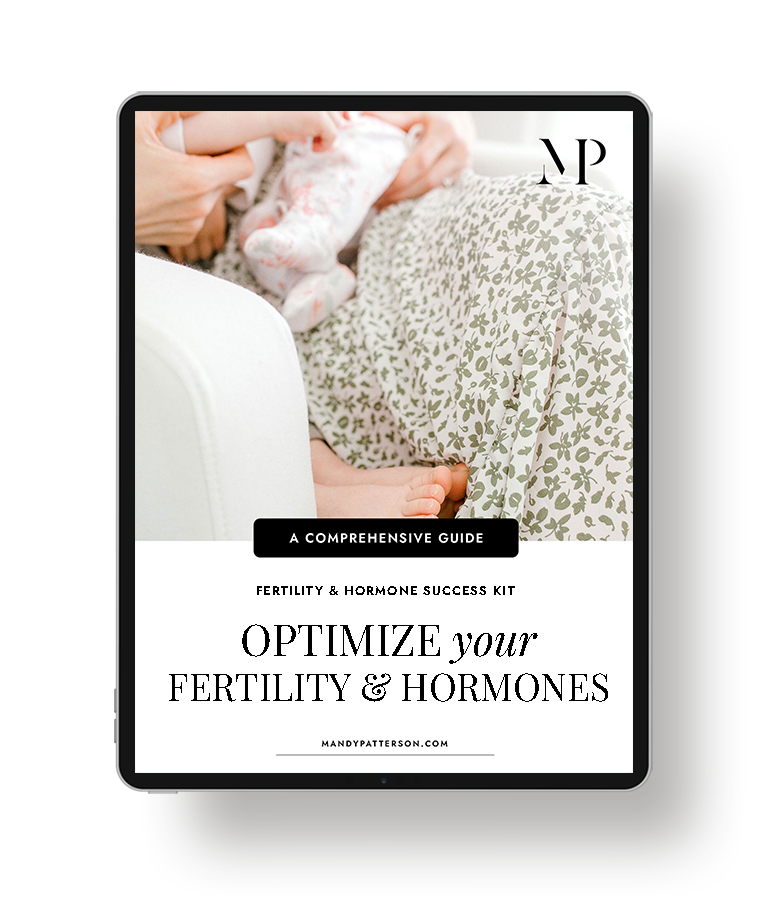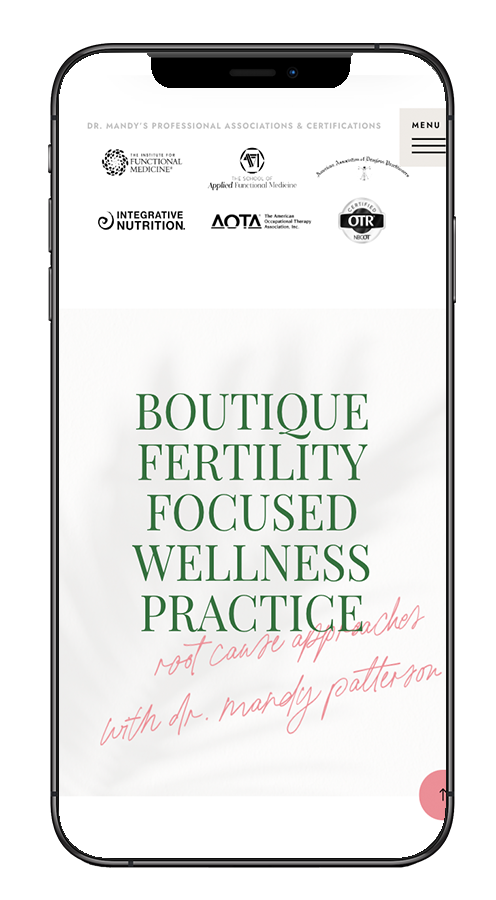Tummy troubles? The low-FODMAP diet may be able to help you. One of the most extensively studied elimination diets for Irritable Bowel Syndrome (IBS), the low-FODMAP diet has been shown to achieve remission in 70%-80% of patients when adequately implemented.
A lot of people who suffer from digestive issues struggle to find healing. When you have a combination of digestive problems that can’t be diagnosed as another GI problem it’s known as Irritable Bowel Syndrome. One way to address and mitigate the symptoms of IBS is by following a low-FODMAP diet.
It can be tricky to follow a low-FODMAP diet properly. If you have IBS you’re already frustrated when it seems that a particular food is fine one day then the next day causes a major toilet rush! That’s why I’m sharing this comprehensive guide to a low-FODMAP diet. Keep reading to learn more!
What is the Low-FODMAP Diet?
The low-FODMAP diet is an elimination diet that is used to dramatically reduce symptoms of IBS for most people. It’s not a long-term diet, but rather a tool to identify which foods are triggers for your symptoms. FODMAP is an acronym that stands for fermentable oligosaccharides, disaccharides, monosaccharides, and polyols.
That’s a lot of big words but essentially they’re just carbs that are slowly absorbed or difficult to digest. A low-FODMAP diet is a diet low in fermentable carbs. To be a little more scientific, these carbs are nondigestible short-chain carbs that are osmotically active, meaning they force water into your digestive tract.
Moreover, because they aren’t digestible your gut bacteria ferment them. This increases gas and short-chain fatty acid production. That’s one of the reasons FODMAPs trigger digestive symptoms like bloating, gas, stomach pain, constipation, and diarrhea.
Not to mention, if you have an overgrowth of gut bacteria in your large or small intestines you may be adding fuel to the fire. These bacteria love to feed on and ferment the sugars in high FODMAP foods.
A low-FODMAP diet seeks to identify which foods that are high in FODMAPS trigger your symptoms. Then, by working with your healthcare practitioner you can create a diet that works for you long-term.

Because the low-FODMAP diet dramatically improves symptoms, many people with IBS are able to enjoy a better quality of life with reduced fatigue, depression, and stress.
What are Low-FODMAP Foods?
There are many low-FODMAP food lists online. By working closely with your healthcare practitioner you will be able to identify and create a personalized low-FODMAP diet plan. However, this list is a good starting point to help you begin identifying low-FODMAP foods.
It’s important to note that you need some high-FODMAP foods in your diet to avoid nutritional deficiencies. That’s why the low-FODMAP diet is only a short-term elimination diet, and why you should always work with your health practitioner.
Low-FODMAP Foods
- Veggies – zucchini, green beans, bok choy, red bell pepper, eggplant, carrot, lettuce, potato, tomato
- Fruits – blueberries, kiwi, banana, grape, lemon, lime, orange, cantaloupe
- Nuts and seeds – macadamia nuts, almonds, peanuts, pecans, walnuts (limit to less than ten at a time)
- Dairy – feta cheese, lactose-free milk, almond milk
- Grains – white and brown rice, quinoa, millet, oats
- Protein – eggs, beef, chicken, tofu, tempeh, fish
The low-FODMAP diet is an elimination diet that is used to dramatically reduce symptoms of IBS for most people. It’s not a long-term diet, but rather a tool to identify which foods are triggers for your symptoms.
Benefits of a Low-FODMAP Diet
The benefits of a low-FODMAP diet are twofold. Primarily, the low-FODMAP diet is one way to start managing your symptoms of IBS. Symptoms vary widely but include stomach pain, bloating, acid reflux, gas, and bowel urgency. All of which may be reduced by a low-FODMAP diet.
Research demonstrates that this diet has been shown to decrease both stomach pain and bloating. Several other studies suggest that this diet also helps manage gas, diarrhea, and constipation.
Secondly, because the low-FODMAP diet dramatically improves symptoms, many people with IBS are able to enjoy a better quality of life. Evidence suggests that this diet may help reduce fatigue, depression, and stress.
How to Follow a Low-FODMAP Diet?
The purpose of a low-FODMAP diet is to improve digestive health. There are three main phases of the diet: elimination, reintroduction, and maintenance. Through each phase, it is helpful to track reactions or symptoms using a food journal.
Elimination: During this phase, you will avoid high FODMAP foods for 2-3 weeks. The goal is to reset your digestive system and achieve symptom relief. This part of the diet is not meant to be a permanent diet.
Reintroduction: During this phase, you test one high FODMAP food at a time. The goal is to identify which FODMAP foods trigger your symptoms the most. If you don’t react to high FODMAP food, there is no reason to continue avoiding it.
Maintenance: During this phase, you use what you’ve learned during the elimination and reintroduction phases. The goal is to broaden your diet while also maintaining symptom remission.
RELATED: WHAT IT MEANS TO HAVE LOW STOMACH ACID
FAQs About a Low-FODMAP Diet
What do I do If the Low-FODMAP diet doesn’t work?
If you are trying out the low-FODMAP diet but you don’t notice any difference in your symptoms after a few weeks, consider adapting your low FODMAP diet by adding Specific Carbohydrate Diet restrictions. However, you should also consider working closely with a healthcare practitioner or health coach to ensure you are adhering to the diet properly.
When should I test each food during the reintroduction phase?
If you have a reaction to test food, wait until you have recovered to try the next one. Your reaction may include an increase in digestive symptoms like gas, bloating, diarrhea, or constipation. It could also include joint pain, brain fog, or other mental health symptoms.
When should I use a low-FODMAP diet?
Changing your diet to reduce inflammation is one of the best steps to recovering your digestive system. If you have any type of gastrointestinal disorder you may want to consider trying the low-FODMAP diet. For example, if you have IBS, inflammatory bowel disease, small intestinal bacterial overgrowth, leaky gut, or fibromyalgia a low-FODMAP diet may help.
How to get started on a low-FODMAP diet?
Consider working closely with your healthcare practitioner or a health coach before starting any type of diet, especially an elimination diet like the low-FODMAP diet. They will be able to give you the direction and encouragement you need to achieve success. If you’re interested in learning more about how a health coach can tackle your gastrointestinal disorders reach out here!

















